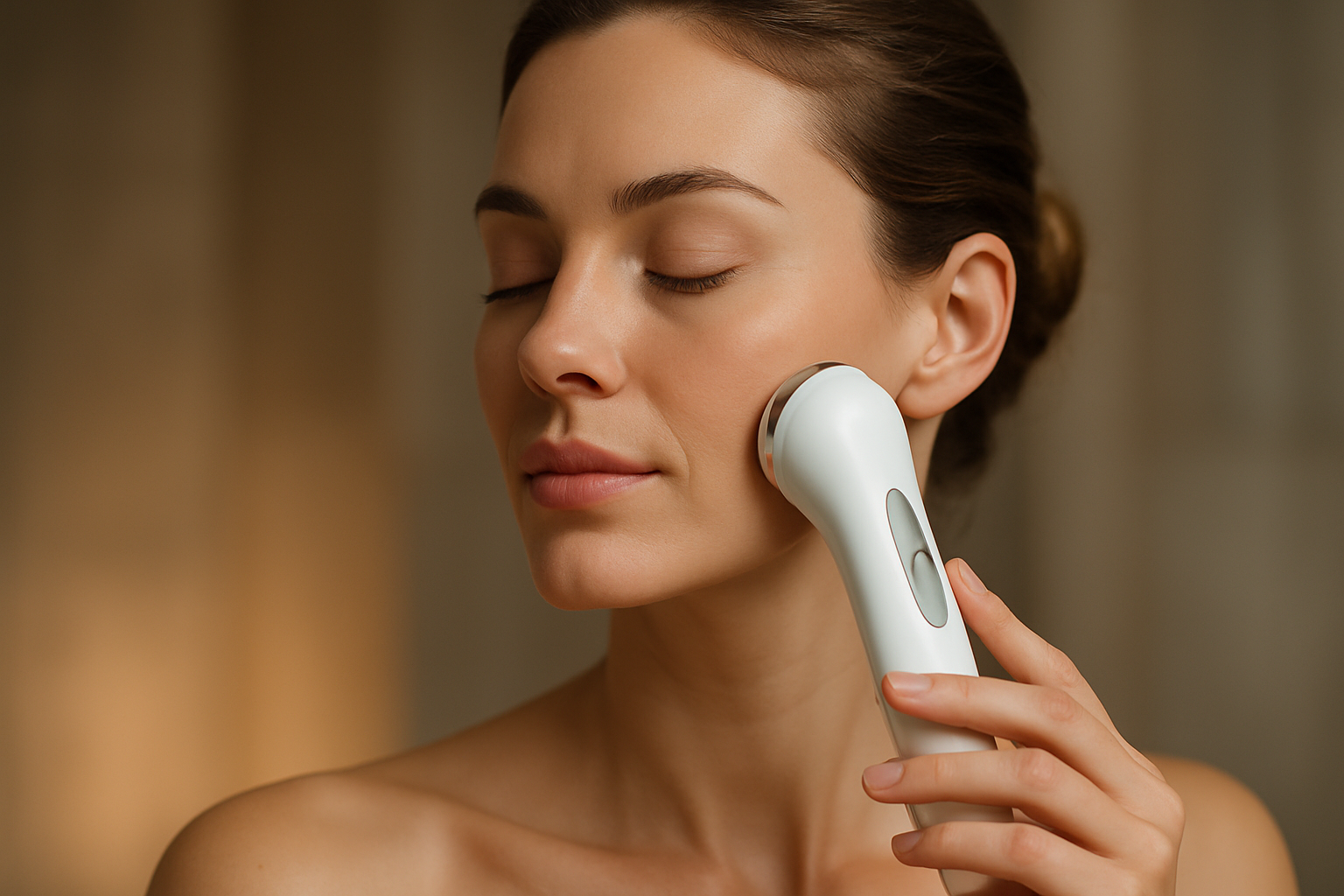The Art of Face Mapping: Ancient Wisdom Meets Modern Beauty
Face mapping is an intriguing practice that blends ancient Chinese and Ayurvedic medicinal traditions with contemporary skincare approaches. This technique suggests that specific areas of the face correspond to different internal organs and body systems, offering insights into overall health and potential imbalances. By examining the location, type, and persistence of skin issues, practitioners believe they can identify underlying health concerns and tailor skincare routines accordingly. While scientific evidence supporting face mapping remains limited, its popularity in the beauty industry continues to grow, with many finding value in its holistic approach to skin health and wellness.

In both systems, the face is divided into zones, each corresponding to different bodily functions. For example, the forehead is often linked to the digestive system, while the cheeks are associated with the respiratory system. The underlying philosophy suggests that imbalances or issues in these internal systems manifest as skin problems in the corresponding facial areas.
Modern Adaptations in Skincare
As the beauty industry has embraced more holistic approaches to skincare, face mapping has found new relevance. Modern interpretations of this ancient practice often combine traditional wisdom with contemporary understanding of skin biology and environmental factors. Today’s face mapping typically involves a detailed analysis of the skin’s condition in different facial zones, considering factors such as acne patterns, discoloration, fine lines, and texture.
Skincare brands and professionals have adapted face mapping principles to create targeted treatment plans. For instance, persistent acne in the chin area might be attributed to hormonal imbalances, leading to recommendations for hormone-balancing skincare products or lifestyle changes. Similarly, congestion in the forehead area might prompt suggestions for improving digestion or reducing stress, alongside topical treatments.
The Science Behind Face Mapping
While face mapping has gained popularity in the beauty world, it’s important to note that scientific evidence supporting its effectiveness is limited. Many dermatologists and researchers emphasize that skin issues can have multiple causes, not necessarily linked to specific internal organs. Factors such as genetics, hormones, diet, stress, and environmental conditions all play significant roles in skin health across the entire face.
However, some aspects of face mapping align with scientific understanding. For example, the T-zone (forehead, nose, and chin) tends to have more active oil glands, making it prone to acne and oiliness. This observation supports the face mapping principle of treating different facial areas with tailored approaches.
Additionally, some studies have explored potential connections between facial areas and internal health. Research on the gut-skin axis, for instance, suggests a relationship between digestive health and skin conditions, partially supporting the face mapping concept of linking digestive issues to forehead breakouts.
Face Mapping in Practice
Implementing face mapping in a skincare routine typically involves several steps. First, the face is divided into zones, often including the forehead, nose, cheeks, chin, and jawline. Each area is then examined for specific skin concerns such as acne, dryness, or signs of aging. Based on this analysis, targeted treatments are recommended for each zone.
For example, if the cheek area shows signs of sensitivity and redness, face mapping might suggest focusing on gentle, soothing products in this region while addressing oiliness in the T-zone with different products. This personalized approach allows for a more nuanced skincare routine that addresses multiple concerns simultaneously.
Many skincare professionals use face mapping as a tool for client consultations, combining it with other assessment methods to create comprehensive treatment plans. Some high-end spas and clinics offer specialized face mapping services, using advanced imaging technology to analyze skin conditions in different facial zones.
Integration with Technology and AI
The beauty industry’s embrace of technology has led to innovative applications of face mapping principles. Artificial intelligence and machine learning algorithms are being developed to analyze facial images, identify skin concerns, and recommend personalized skincare routines based on face mapping concepts.
Mobile apps and smart mirrors equipped with AI can now perform quick face mapping analyses, offering users instant feedback on their skin condition and suggesting products or treatments. These technological advancements make face mapping more accessible to the general public, allowing individuals to track their skin health over time and adjust their routines accordingly.
Criticisms and Limitations
Despite its popularity, face mapping faces criticism from some skincare experts and dermatologists. The main concern is the lack of robust scientific evidence supporting the direct links between facial zones and internal organs. Critics argue that oversimplifying skin issues to specific internal causes may lead to neglecting other important factors affecting skin health.
Additionally, the variability in face mapping systems – with different traditions assigning slightly different meanings to facial zones – can lead to inconsistencies in interpretation and treatment recommendations. Skeptics warn that relying too heavily on face mapping might result in overlooking more clinically proven approaches to skincare and health management.
Future Directions and Potential
As interest in holistic and personalized beauty continues to grow, face mapping is likely to evolve further. Ongoing research into the skin microbiome, the impact of environmental factors on different facial areas, and the relationship between skin health and overall wellness may provide new insights that could refine and validate aspects of face mapping.
The integration of face mapping with emerging technologies, such as 3D facial scanning and advanced skin analysis tools, holds promise for more accurate and personalized skincare recommendations. As our understanding of the complex interplay between internal health and skin condition deepens, face mapping may find a more solid footing in evidence-based skincare practices.
In conclusion, face mapping represents an intriguing intersection of ancient wisdom and modern beauty practices. While its scientific basis remains a subject of debate, many find value in its holistic approach to skin health. As the beauty industry continues to evolve, face mapping serves as a reminder of the complex, interconnected nature of our bodies and the potential benefits of considering skin health within a broader wellness context.





